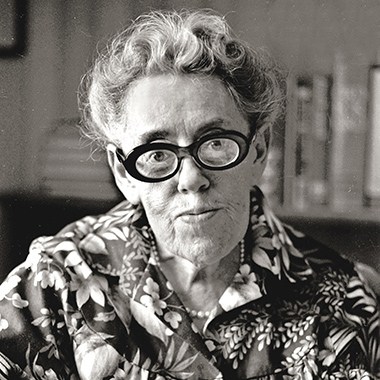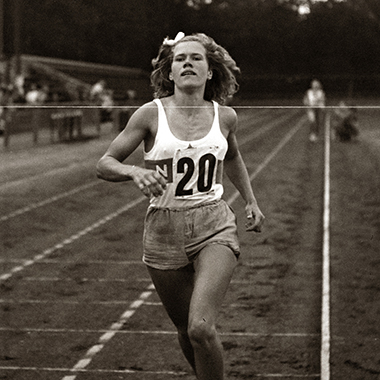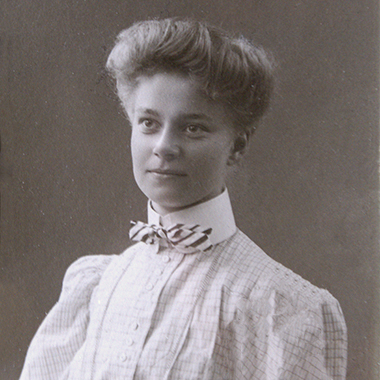- Startsida
- / Welcome to Nora!
- / About Nora
- / Historical people
Historical people
Nora is a town with ancient origins and a long history. A history that is marked by those people who have formed the town and placed Nora on the main map. We remember them for different reasons, but they are all part of today’s Nora.
Maria Lang (Dagmar Lange)
Under the pseudonym Maria Lang, Dagmar Lange (1914-91) wrote the traditional detective stories with Police Superintendent Christer Wijk as the main character. When she started to write, her childhood town of Nora was the model and renamed Skoga. Her crime novels (42 books, 1949-90) contained detailed descriptions of streets, quarters, homesteads and people. Dagmar Lange served as one of the thirteen members of the Svenska Deckarakademin (Swedish Crime Writers Academy) when it was founded in 1971. She grew up in Nora. After her studies she worked as a teacher and a director of studies for a girl’s school in Stockholm. In 1979 Dagmar Lange moved back to Nora, where she lived until her death.
Nora-Anna (Anna Larsson)
The running legend Anna Larsson (1922-2003), better known as Nora-Anna, grew up in the village of Öskevik outside Nora. During the years 1943-1949 she set four World records, five Swedish records, 17 District records and took 30 Championship titles. She never lost a race at her favourite distance of 800 m. Nora-Anna was the first woman to run a lap of honour in Stockholm’s stadium and dazzled the audience with her beautiful running style and charming shyness. Between races she worked at home on the farm. She ended her sporting career when she married in 1949.
Anders Wedberg
Anders Wedberg (1795-1864), also known as the “King of Nora” was a wealthy business proprietor who owned several industrial works and estates in the Nora district. He lived with his wife and son on the corner of Kungsgatan and Prästgatan in a house from the end of the 1700s. Anders Wedberg was a Member of Parliament for 24 years. He had a strong influence and was the driving force behind Sweden’s first standard gauge railroad Nora-Järle-Ervalla. Anders Wedberg died on Christmas Eve 1864 and lies buried in the temple-like tomb in Södra churchyard.
Ingrid Göthlin
Ingrid Göthlin (1887-1961) grew up in the Göthlinska Manor by Norasjön lake and was the youngest of three siblings. Her father, bailiff Agathon Göthlin bought the homestead in 1886. Ingrid was trained as a teacher in handcraft and drawing, but her greatest interest was porcelain painting. She also spent a lot of time in the family’s garden. After the death of the bailiff, the home was characterised by four women; Ingrid and her sister Anna, mother Augusta and cousin Elvira. None of them married but remained at the homestead their whole lives. In the last years Ingrid was alone in her beloved childhood home where she wished that everything should be preserved just as it had always been. Today the homestead is a museum run by the Stiftelsen Ingrid Göthlins minne (Ingrid Göthlin Memorial Foundation).
Carl Bonde
Baron Carl Bonde (1581-1652) was the man who in the 1600s wanted to build a town Järle with a canal in order to be able to ship the iron out of Bergslagen more easily. His idea was to move the inhabitants of Nora and the neighbouring town Lindesberg, to a whole new town. A canal would be excavated to here from Mälaren via Hjälmaren. Järle was granted its town privileges in 1642 whereupon more detailed planning for canals and locks was set in motion. Then came the directive to the inhabitants of both parishes to move to the new town. It got no further, the residents absolutely refused to move. Instead Nora and Lindesberg were granted town privileges in 1643.

Maria Lang (Dagmar Lange) 1914-1991

Nora-Anna (Anna Larsson) 1922-2003

Ingrid Göthlin 1887-1961
